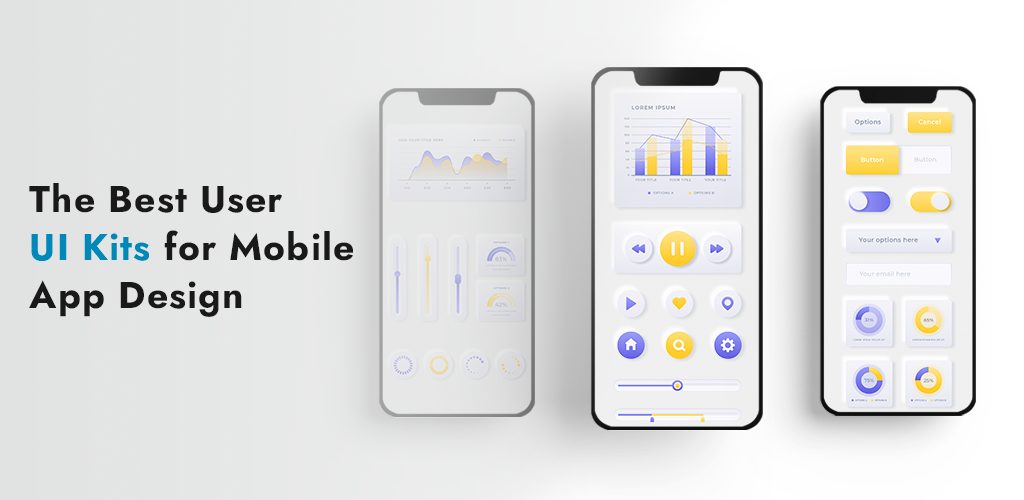Beyond Daily Yonder: Insights and Updates
Exploring daily news and insightful information from various fields.
Design Like a User, Not a Robot
Transform your design approach! Learn to create user-centered experiences that engage and delight—ditch the robotic mindset today!
Understanding User-Centered Design: Key Principles for Effective Solutions
User-Centered Design (UCD) is an iterative design process that places the user at the forefront of development. By understanding user needs, behaviors, and motivations, designers can create solutions that are not only functional but also enjoyable to use. Key principles of UCD include empathy for the user, continuous feedback, and iterative design cycles. This approach ensures that the final product is tailored to real users rather than assumptions made by designers. For a deeper understanding of UCD principles, consider exploring resources like Nielsen Norman Group.
Incorporating usability testing is a critical aspect of User-Centered Design, as it allows designers to assess how well their solutions meet user needs. A successful UCD process often involves a combination of research, prototyping, and testing to refine the product at various stages. Designers should focus on effective communication, transparency, and collaboration with stakeholders throughout this process. To learn more about implementing usability testing in your design workflow, visit Usability.gov.

How to Identify and Address User Needs in Your Design Process
Identifying and addressing user needs in your design process is crucial for creating a product that resonates with your audience. Start by conducting user research to gather insights directly from your target demographic. Techniques such as surveys, interviews, and usability tests allow you to collect qualitative and quantitative data that highlights what users truly value in a product. Once you have this information, analyze it to identify common pain points and preferences, forming a solid foundation for your design decisions.
After gathering data, the next step is to prioritize user needs effectively. Utilize methods like the MoSCoW technique, which categorizes requirements into Must-haves, Should-haves, Could-haves, and Won't-haves, to streamline your focus. By consistently revisiting user feedback throughout your design process, you can ensure that the user personas evolve along with the project. This iterative approach not only fosters user satisfaction but also enhances overall engagement and loyalty to your product.
Designing with Empathy: Why Human-Centric Approaches Outperform Automated Solutions
In today's fast-paced digital landscape, designing with empathy has emerged as a vital approach that prioritizes human needs and experiences over mere automation. Products and services that employ a human-centric design benefit from deeper user understanding, resulting in solutions that resonate on a personal level. By focusing on real user experiences, designers can create more intuitive interfaces that cater to the emotional and practical needs of users, ultimately enhancing satisfaction and engagement.
A stark contrast exists between human-centric approaches and automated solutions that often overlook the nuanced needs of users. While automation can streamline processes, it may lead to impersonal experiences that fail to address user concerns. Research from Forbes highlights that solutions designed with a deep understanding of human behavior not only outperform automated tools but also foster customer loyalty and trust. Embracing empathy in design is not just a trend but a necessity in creating meaningful interactions that stand the test of time.